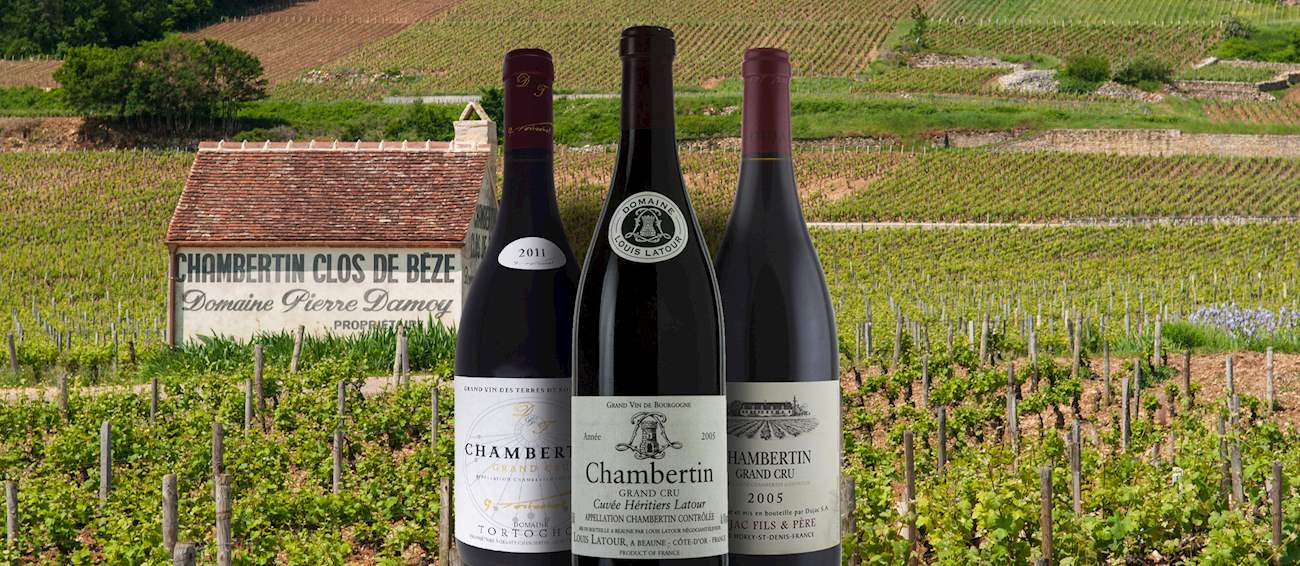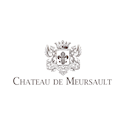Best Burgundian Beverage Types
Burgundy is a world-famous French wine region that produces some of the best and most expensive wines in the world. Located in the east-central part of France, the area is dominated by Pinot Noir and Chardonnay. Other red and white grapes such as Aligoté, Pinot Gris, or Gamay are also used, but on a much lower scale.
Burgundy has more than 100 approved wine-growing areas, all regulated by a complex quality system that divides the region into grand cru, premier cru, village wines, and regional appellations. The wines are greatly influenced by terroir and show great diversity in flavors and aromas.
THE BEST Burgundy Wine Appellations
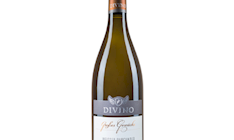
Chambertin is a French appellation and a Grand Cru vineyard located in Burgundy, more precisely in the Côte de Nuits (Côte d'Or) wine region. The designation produces red wines that are mostly varietal and based on Pinot Noir.
They typically display complex aromas of red and dark fruit that are often complemented by smoky notes of spices and licorice, as well as subtle herbal and floral nuances. Often praised as one of the best expressions of Burgundy region, these full-bodied and powerful red wines are a perfect match to game, but they can also work well with lamb, poultry, or beef, preferably served in rich wine-infused sauces.
The regulations also allow some wines from the neighboring Chambertin-Clos de Bèze to be labeled as Chambertin.
THE BEST Chambertin Wine Appellations
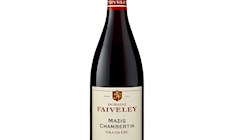
Meursault is a French appellation located around the namesake village in Côte de Beaune (Côte-d’Or) region of Burgundy. The appellation consists of nineteen premier cru vineyards that produce some of the best expressions of Chardonnay grapes.
Although there are subtle differences in style, depending on the location, Meursault wines are typically rich, buttery, and creamy, while remaining fresh. They can usually age well, and they often display nutty flavors and aromas of toasted almonds and hazelnuts, as well as citrus, floral and mineral nuances.
Chablis is the name of the wine region in northern Burgundy, but it is also the name of a white wine coming from this very region. Chablis is made with 100% Chardonnay, but unlike other Chardonnay wines, it rarely utilizes oak-aging, resulting in different taste profile and style.
It has white flower and citrus aromas with light-bodied and dry flavors of pear, salinity, and minerality. Among the most desirable traits of Chablis is a long finish of flint-like minerality and high acidity, which makes the wine exceptionally well for pairing with creamy sauces, chicken, trout, bass, quail, clams, cod, halibut, or scallops.
Chambolle-Musigny is a French appellation located in Burgundy, more precisely in Côte de Nuits (Côte d'Or) wine region. The whole appellation includes twenty-five Premier Cru designations, as well as Musigny and Bonnes Mares as two Grand Cru vineyards with separate appellations.
The wines produced in the region are based on Pinot Noir and are generally regarded as one of the best expression of this renowned grape. Delicate and elegant Chambolle-Musigny wines typically display aromas of red fruit and violets that with age may develop into more complex notes of ripe fruit, truffles, and underbrush.
Pommard is a French appellation located in Burgundy (Côte de Beaune). The wines produced in the region are exclusively made from Pinot Noir, and they are often described as powerful, tannic, complex, and rich. They are typically deep red with purple highlights, while the characteristic aromas include dark and red berries, such as blackberry, blueberry, cherry core, and ripe plums.
With age, they tend to display nuances of leather, spices, or chocolate. These somewhat robust wines are an ideal match to beef, game, casseroles, and cheese. They are best enjoyed after at least five years of aging.
Crémant de Bourgogne are the white or rosé sparkling wines produced in Burgundy, with Pinot Noir and Chardonnay as the principal grape varieties, but the blends can also include Gamay, Aligoté, Melon, and Sacy. The wines are produced with a traditional method (méthode traditionnelle) in which the second fermentation must take place in the bottle.
Depending on the grape structure, the wines come in several versions. Floral and citrusy blanc pairs well with poultry, while the Chardonnay-based blanc de blancs is a perfect accompaniment to fish and shellfish. The well-structured blanc de noirs is characterized by the notes of small fruit, and it works well with poultry or snails, while the fruity and floral rosé can be a good match with fruit-based desserts.
Pinot Noir is a highly esteemed red wine grape variety known for producing some of the world's finest and most elegant wines. Originating from the Burgundy region of France, Pinot Noir is revered for its complex flavors, silky texture, and ability to express the nuances of its terroir.
Pinot Noir grapes are thin-skinned, making them more susceptible to disease and challenging to grow. They thrive best in cool to moderate climates, where they can develop their full range of flavors without overripening. The wines are typically light to medium-bodied with a pale to medium ruby color.
THE BEST Pinot Noir Wine Varieties

Pouilly-Fumé is a French appellation located in the Loire Valley that produces what is believed to be some of the best expressions of Sauvignon Blanc grapes in the world. These prized full-bodied wines are often distinguished for their unmistakable flint aromas that are often accompanied by the notes of green and citrus fruit as well as white flowers, hazelnuts, or acacia.
They can be enjoyed young, but some vintages can also age quite well. Because of their lively character that is accompanied by good minerality, these wines can match grilled or roasted fish, scallops, white meat served in creamy sauces, and goat cheese.
Chardonnay is a popular and widely cultivated white grape variety that is used to produce white wine. Originating from the Burgundy region of France, Chardonnay is now grown in wine regions around the world, including the United States, Australia, Italy, and South Africa.
It is known for its versatility in wine production, as it can be used to make a range of wine styles from crisp and unoaked to rich and oaked varieties. Chardonnay grapes are relatively neutral in flavor, allowing the characteristics of the wine to be heavily influenced by the terroir (the environment where the grapes are grown) and the winemaking techniques used.
THE BEST Chardonnay Wine Varieties

Château de Meursault
Meursault du Château
Frankfurt International Trophy - Grand Gold 2024, 2022, 2021


Best Burgundian Beverage Producers
AWARDS

Frankfurt International Trophy - Grand Gold
2024, 2022, 2021
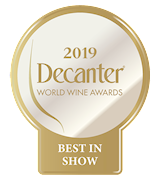
Decanter World Wine Awards - Best in Show
2023, 2021, 2019
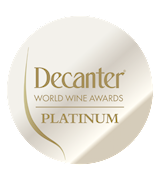
Decanter World Wine Awards - Platinum
2020, 2019
BEST Château de Meursault Wines
AWARDS
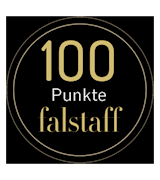
Falstaff - 100

Falstaff - 99

Vivino - 4.7
BEST Domaine de la Romanée-Conti Wines
Maison Louis Latour is a distinguished family-owned winery in Burgundy, France, with a history dating back to 1797. The Latour family's involvement in viticulture began even earlier, in 1731, with their first vineyard acquisition in the Côte de Beaune.
In 1832, Maison Louis Latour constructed the Corton Grancey Cuverie in Aloxe-Corton, the first purpose-built winery in France. Ingeniously designed over five levels into a hillside, it utilizes gravity for the winemaking process, minimizing the need for pumps and preserving the wine's integrity.
AWARDS

James Suckling - 99 points
2024
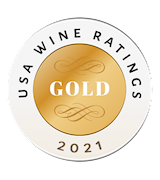
USA Wine Ratings - Gold
2021

Wine Spectator - 95
2021
BEST Maison Louis Latour Wines
AWARDS

Decanter World Wine Awards - Best in Show
2024

Decanter World Wine Awards - Platinum
2020
BEST Château De Fuissé Wines
Distillerie l'Herbier is an artisanal French distillery located in Vaux-Saules, near Saint-Seine-l'Abbaye, in the Burgundy region. Founded by distiller Cyril Guyon, the distillery specializes in producing premium spirits, including gin, vodka, pastis, and aquavit.
The flagship product, "Le Secret de l'Herbier," is a gin crafted from over fifteen organic botanicals, primarily sourced from regional and French origins. Notable ingredients include juniper berries, cardamom, coriander, pink peppercorns, iris root, myrtle berries, and citrus peels, all enhanced by the freshness of Burgundy blackcurrant buds.
Maison Eugène René is a French company specializing in the production and wholesale trade of wines and spirits, based in Beaune, Burgundy. Established in 2021, the company is recognized for its commitment to quality and tradition in the beverage industry.
Maison Eugène René is also the creator of Monte Carlo Vermouth, a premium vermouth brand that reflects the elegance and heritage of Monaco, France, and Italy. The vermouths are crafted using artisanal methods from the Piedmont region, utilizing Moscato d’Asti DOCG grapes and infused with botanicals from the Côte d’Azur, such as rose petals, mimosa, and Mediterranean citrus.
AWARDS

IWSC- International wine & spirit competition - Spirit Gold
2024

London Spirits Competition - Gold
2024
BEST Maison Eugène René Wines
AWARDS

IWSC- International wine & spirit competition - Gold
2024

Decanter World Wine Awards - Platinum
2018
BEST Dandelion Vineyards Wines
AWARDS

IWSC- International wine & spirit competition - Spirit Gold
2024, 2022, 2021, 2020, 2019
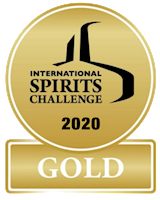
ISC-International Spirits Challenge - Gold trophy
2020, 2019, 2018, 2014, 2013
BEST Gabriel Boudier Liqueurs
AWARDS
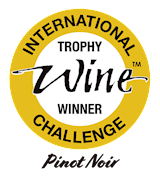
International Wine Challenge - International Pinot Noir Trophy
2022, 2021, 2018
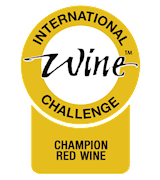
International Wine Challenge - IWC Champion Red Wine 2021
2021
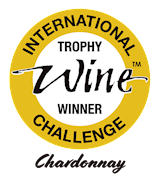
International Wine Challenge - International Chardonnay Trophy
2021, 2017
AWARDS
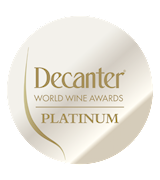
Decanter World Wine Awards - Platinum
2019, 2017
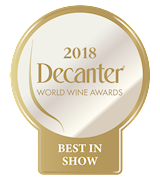
Decanter World Wine Awards - Best in Show
2018
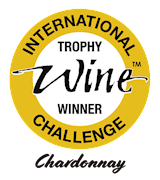
International Wine Challenge - International Chardonnay Trophy
2015, 2014
BEST Domaine de La Vougeraie Wines
Best Burgundian Beverages
AWARDS

Decanter World Wine Awards - Best in Show
2023, 2021, 2019
AWARDS

Frankfurt International Trophy - Grand Gold
2024, 2022, 2021
AWARDS

Decanter World Wine Awards - Best in Show
2024
"L'Original Gin Le Secret" is a premium French gin crafted by Distillerie l'Herbier in Burgundy. This gin stands out with its freshness and fruity notes of blackcurrant buds, a regional treasure, complemented by citrus and mild spice tones. The recipe involves cold maceration of over fifteen organic botanicals, primarily sourced regionally and within France, such as juniper berries, cardamom, coriander, pink peppercorns, iris root, myrtle berries, and citrus, all enhanced by the unique freshness of Burgundy blackcurrant buds.
It boasts aromas of bergamot and freshly harvested citron with subtle spicy undertones, a palate featuring vibrant citrus notes balanced by the woody and spicy tones of juniper, clove, and cardamom, and a gentle, sweet finish brought by plants like sweet woodruff and fig leaves.
AWARDS
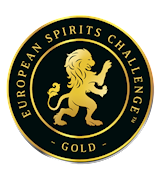
European Spirits Challenge - Gold
2024
Monte Carlo Vermouth Rosso is a premium red vermouth made from Langhe Nebbiolo DOC red wine, infused with a carefully selected blend of botanicals, including bitter orange peel, immortelle, timur pepper, orris, and ginger. It offers a rich and complex flavor profile, balancing fruity and herbal notes with zesty undertones.
The palate features vibrant berry flavors, high acidity, and a bitter finish with subtle hints of fruit. Perfectly suited for enjoying neat, over ice, or as an elegant ingredient in classic cocktails, this vermouth captures the sophistication and heritage of Monaco, France, and Italy.
AWARDS

London Spirits Competition - Gold
2024
AWARDS

International Wine Challenge - IWC Great Value Champion Sparkling 2023
2023
AWARDS
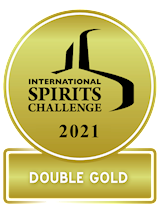
ISC-International Spirits Challenge - Double Gold
2021
AWARDS
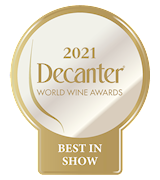
Decanter World Wine Awards - Best in Show
2021
AWARDS

Decanter World Wine Awards - Best in Show
2018
AWARDS

IWSC- International wine & spirit competition - Gold
2024

TasteAtlas food rankings are based on the ratings of the TasteAtlas audience, with a series of mechanisms that recognize real users and that ignore bot, nationalist or local patriotic ratings, and give additional value to the ratings of users that the system recognizes as knowledgeable. TasteAtlas Rankings should not be seen as the final global conclusion about food. Their purpose is to promote excellent local foods, instill pride in traditional dishes, and arouse curiosity about dishes you haven’t tried.
